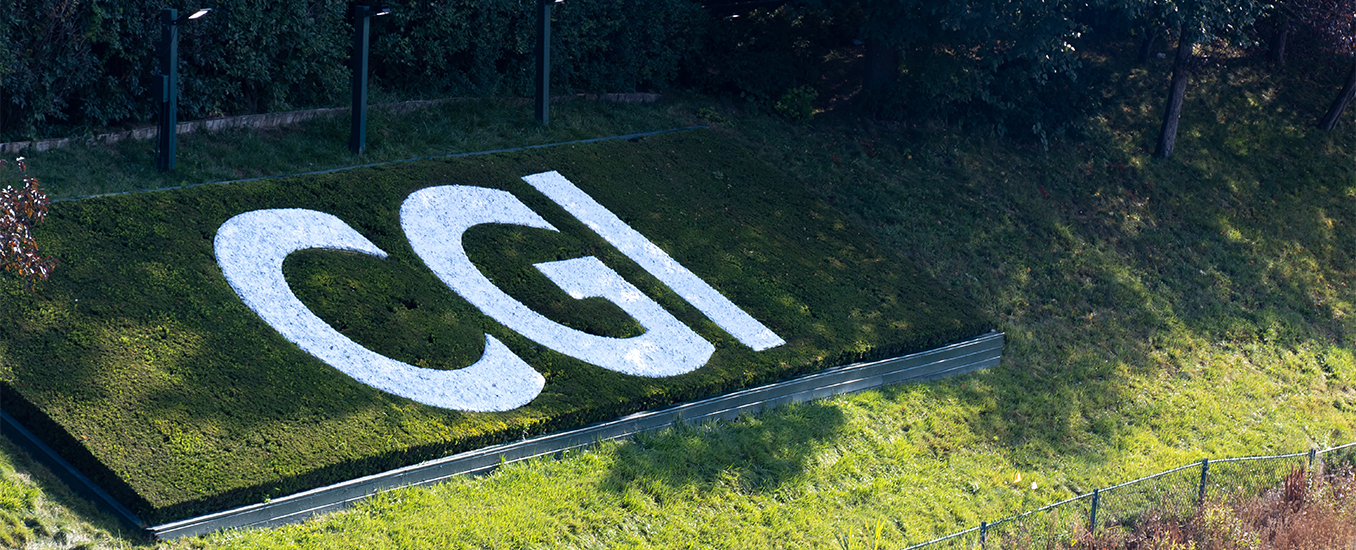
Introduction
CGI, or Computer Generated Imagery has become a mainstay of many industries, from advertising to gaming. In addition it is extensively used to create backgrounds, characters and all sorts of realistic and fantastical objects. What’s the next workflow technology in the CGI industry. The brands have adopted CGI renders with enthusiasm, because they are superior to photoshoots in a number of setting. Such as to create standard looks for eCommerce listing.
As with many tech-driven industries the CGI industry continually changes. Incorporating new techniques and technology to become more versatile and capable. As of 2023 commercial CGI is capable of rendering photorealistic objects with relative ease, and ongoing advances in computer speed holds promise to create even higher quality- so-called “hyper realistic” objects with 4K level of detail.
Current Workflow
Industrial CGI artwork creation relies on standardized steps to achieve efficiency and volume. These are not set in stone, but are a fair description of the multiple steps from concept to creation. While the below steps are given for a product render workflow, they are also broadly applicable to other types of CGI work, such as VFX creation for movies and ad films.
Concept & Briefing
This includes broad-strokes understanding of brand requirements and intent, as well as details like dimensions, colors, particular styles or features, etc.
Modeling
This refers to the artist creating the 3D model of the product. Adding and changing details till it meets the client’s expectations. Modeling is typically done using various software packages like Autodesk Maya and 3ds, Blender, ZBrush, Vectary, etc. At Manipal Digital we use Autodesk Maya, long considered the industry standard.
Texturing
In this step the artist adds texture to the model to give it a more realistic look & feel. In addition it involves mapping various images and textures onto the model to create patterns. As well as materials like metal, wood, fabric, etc.
Lighting
Artificial lighting is added to create shadows, reflections and highlights.
Rendering
This is where the real magic happens. The computer applies the rules of physics and mathematics to attach lighting. Dimensioning and texturing effects to each polygon of the model. This is a slow, painstaking process that can go on for hours, days, or even weeks, however depending on the speed of the computer and complexity of the render.
Post Processing
Here the artist uses image editing software like Photoshop to “smoothen”. The rendered image, removing any blemishes, adjusting lighting and contrast, and getting the CGI image in its final form.
Delivery
The image in question is delivered to the client. Due the size of the final file, this sometimes requires specialized channels to ensure smooth delivery. At MDS we usually set up dedicated FTP channels, or for smaller renders, sometimes even use just a Google Drive, depending on the client’s preferences.
Technological Advances – CGI is an ever changing field, due to rapid advances in closely related technologies. It has already been changing at a fast pace, but disruptive advances promise to change the face of CGI workflows to even faster, more sophisticated levels in the foreseeable future. Some of these are:
Real time rendering
Many industry experts believe this is going to be a sea change in the way the industry works. Currently artists first complete the modeling, then apply the rendering. New software developed by Unity and Unreal Engine. Also the two behemoths of the gaming and 3D world allows rendering to be done in real time. The resulting speed and no need for renders to complete allows a much, much faster turnaround time, as well as creating the possibility for more complex people-to-people meet. In a variation of Real Time Rendering, rendering may also happen using cloud-based resources in a process called “Cloud Computing”
Artificial Intelligence and Machine Learning
We’ve all heard of ChatGPT. There are similar tools, some by the same company that made ChatGPT which show huge promise in automating part of the CGI workflow, including automating renders.
Mixed Reality
The most fascinating applications of CGI are in the 3D space. Augmented and Virtual Reality allow artists to immerse themselves into the worlds of their characters, making the object creation process much more immersive, well also connected with the 3D figure’s virtual surroundings, allowing artists to get a better design sense of the level of detail, contrast etc. necessary to create the object with just the right amount of detail and depth.
Blockchain:
Blockchain is already disrupting the secure transfer space. Going forward, a number of Blockchain-based archival, document management, and security based applications are expected to vie for a piece of the CGI asset protection market.



